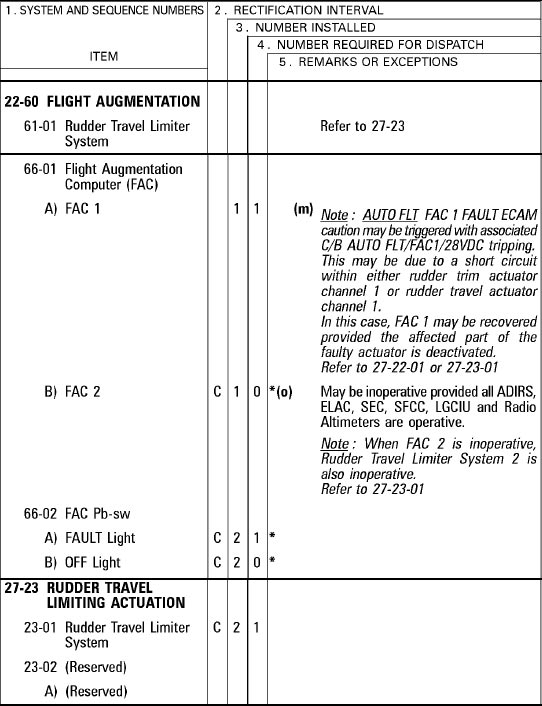Previous Related Article:
QZ8501: FBW Part 1 – Understanding A320 Computers
On 22 January, I received a query from a local media who said they have gotten information on PK-AXC was involved in this accident, and they wanted to know if this could mean the aircraft may have been non-airworthy.

This information was disturbing, not because the aircraft’s maintenance history, but on how they got this information in the first place (the company and the investigators should have kept this confidential unless there is a major public safety risk posed).
Anyways, they said that:
- 12-19 December defects write up: Auto Rudder Travel Limiter 1 and 2, ELAC fault.
- Further checks declared Rudder Travel Limiter 2 as MEL’ed under Category C (10 days to rectify). Date when it was declared as MEL’ed under Category C was not known.
- 21-25 December: Auto Rudder Travel Limiter Sys(tem).
- 26 December: FAC2 was swapped (with one from PK-AXV).
I am no engineer, but I did my best to answer the questions as objectively as possible.
- If the fault was detected while the aircraft was still on the ground then the aircraft can/should not fly (unless it was MEL’ed) already.
- If you reset certain computers (FAC (as stated) (and ELAC when an ELAC fault occured), and the fault disappears, then the aircraft can fly and the snags be followed up later.
- Write-ups made are to be followed up by maintenance for further diagnostics and troubleshooting.
- In the case of Rudder Travel Limiter 2, if it is not a problem that you can “reset and it disappears”, then you can write it up under MEL Category C, which has to be rectified within 10 days after the day it is written up.
- The MEL (Minimum Equipment List) of the aircraft state that you can fly with a faulty Rudder Travel Limiter motor deactivated if the other one is functioning properly, and do so under MEL Category C as you only need 1 to dispatch the aircraft.
I looked up the MEL for the various items mentioned.
I didn’t see anything wrong with what was done. The MEL Category C for the RTL2 was later said that it was written on 19 December, which makes the RTL2 MEL’ed under Category C until 29 December, so the aircraft would have been OK to fly anyways.
I later checked a colleague within Air Asia who knew about these snags, and stated to me that the necessary maintenance action was taken on 26 December (involving, I am told, more than just changing the FAC), and that the aircraft was deemed serviceable again in accordance to the Airbus AMM and TSM, and that the snags disappeared.
On 29 January, the Indonesian National Transportation Safety Committee declared in their press conference that the aircraft was airworthy before its flight. I can therefore take my friend’s word that the maintenance actions were done correctly. However, later in the day, the media started quoting that during the accident, the crew did “switch off the FACs” or reset the FAC.
Has the rudder and FAC snag re-occured? If it did, what could have the crew done in those final minutes to save the aircraft?
Next Related Article:


